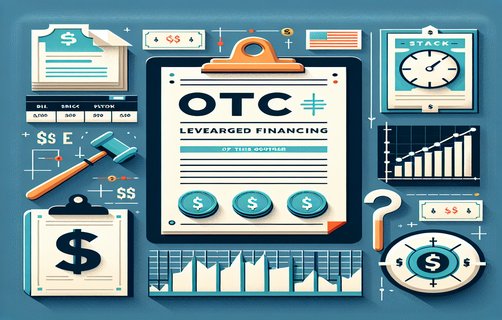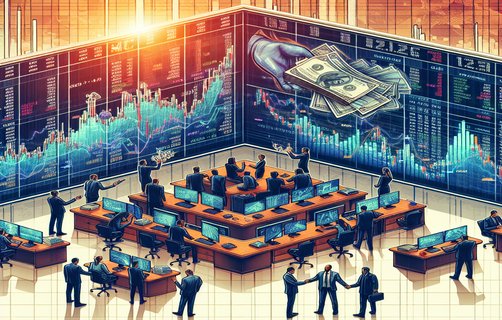市场竞争的未来:从股价到环保的全景视角
Imagine you’re in a bustling marketplace, where every vendor is vying for attention. Some shout about their low prices, others flaunt their unique products, and a few even advertise their eco-friendly practices. Now, what if I told you that the stock market operates in much the same way? Let’s dive into this vibrant world where stock prices, market share, financing costs, environmental regulations, interest rate lags, and capital expenditure structures all converge to shape the future of our economy.
First off, let’s talk about股价的量价配合. It’s not just about watching numbers go up and down; it’s about understanding the volume behind those movements. When a stock price surges, analyzing the trading volume can tell investors whether it’s genuine interest or just a temporary blip. After all, a sudden spike with low volume might be as empty as a vendor shouting out bargains that no one is buying.
Now, shift your focus to市场份额. Imagine two competing vendors: one has a small stand and a loyal local following, while the other occupies the prime corner spot with a big flashy sign. The latter typically has a larger market share, giving them advantages such as negotiating better terms with suppliers or investing in marketing. In the stock market, companies with larger market shares often command higher valuations. Thus, they’re able to not just survive but thrive in competitive landscapes.
Next, let’s discuss融资成本. For a company, securing funds is akin to a vendor trying to get fresh produce. If they can borrow at a lower rate, they significantly lower their operational costs and increase their profitability. The interplay of interest rates and financing costs means that companies with lower borrowing costs can expand faster and capture more market share.
Speaking of interest rates, let’s not forget利率的滞后效应. When central banks change rates, the effects don’t happen overnight. It’s like planting seeds in the ground. You water them, but it takes time for them to sprout. Similarly, changes in rates can alter consumer behavior, affecting borrowing and investing over subsequent months or even years.
Now, let’s zoom in on资本支出结构. This is where companies set their sights for future growth. Imagine a vendor who decides to invest in a state-of-the-art food processor instead of just staying with their old gear. This is akin to a company investing smartly in technology or capacity to enhance productivity, which pays off in the long run.
In this whirlwind of stock market dynamics, remember the importance of keeping a pulse on various elements—from股价的量价配合 到环保要求。Sustainable practices are becoming more than a buzzword; they’re a critical part of business strategies as consumers grow increasingly conscious of their choices.


So, as we navigate through this energetic marketplace of ideas and investments, how well do you understand these components? Do they spark curiosity for you?
Here are a few questions for you to ponder:
1. Which factor do you believe most influences a company's stock performance, and why?
2. How important do you think environmental regulations will be in the future market?
3. Would you invest in a company just for its commitment to sustainability, even if it had lower short-term returns? Feel free to share your thoughts!
